
PUMPA - SMART LEARNING
எங்கள் ஆசிரியர்களுடன் 1-ஆன்-1 ஆலோசனை நேரத்தைப் பெறுங்கள். டாப்பர் ஆவதற்கு நாங்கள் பயிற்சி அளிப்போம்
Book Free DemoCell:
A cell is a device that converts chemical energy into electrical energy.
Construction of cell:
- An electrolyte is a chemical solution that produces positive and negative ions.
- Two different metal plates are inserted into the electrolyte as electrodes to form a cell.
- Due to chemical reactions, one electrode gets a positive charge, and the other receives a negative charge.
- When the ends of the electrodes are connected with any conducting material, it produces a continuous flow of electric current.
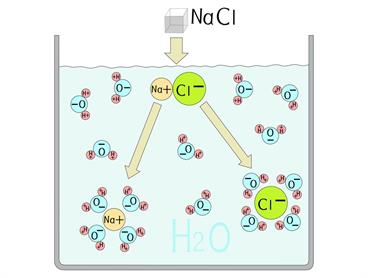
Electrolyte
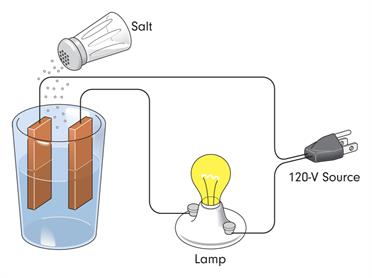
Brown plates act as electrodes
Based on the continuity of flow of electric current, cells are classified into two types. They are
- Primary cells and
- Secondary cells
Primary cells:
They can not be recharged. So they can be used only once.
Therefore, the primary cells are usually produced in small sizes.
Examples:
Cells used in wall clocks | 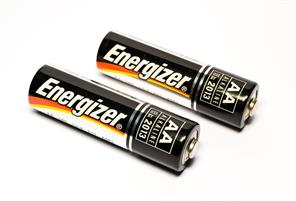 |
Button cells (used in wrist watches) | 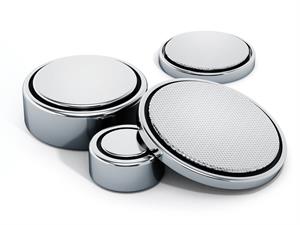 |
Different types of cells used in toys | 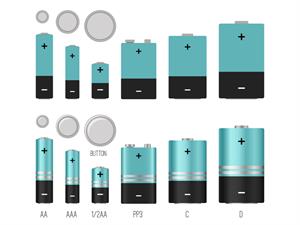 |
Secondary cells:
A cell that can be recharged many times is called secondary cell.
- Secondary cells can be used again and again.
- The size of the secondary cell can be small or even large, depending upon the usage. Mobile phones consume less charge, so the secondary cells used in mobiles are the size of a hand. At the same time, the cells used in automobiles like cars and buses are large and very heavy because it consumes heavy current.
- Secondary cells are used in many devices such as mobile phones, laptops, emergency lamps and vehicle batteries.

Batteries used in mobile phones
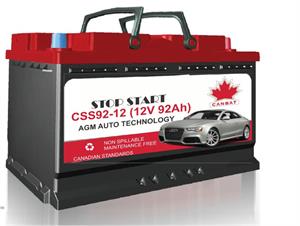
Batteries used in cars
Reference:
https://upload.wikimedia.org/wikipedia/commons/8/81/01_-_Set_of_Energizer_Batteries.jpg
https://commons.wikimedia.org/wiki/File:Li-Ion_batteries_for_mobile_phones.jpg
https://commons.wikimedia.org/wiki/File:Start_Stop_Automotive_Battery.jpg